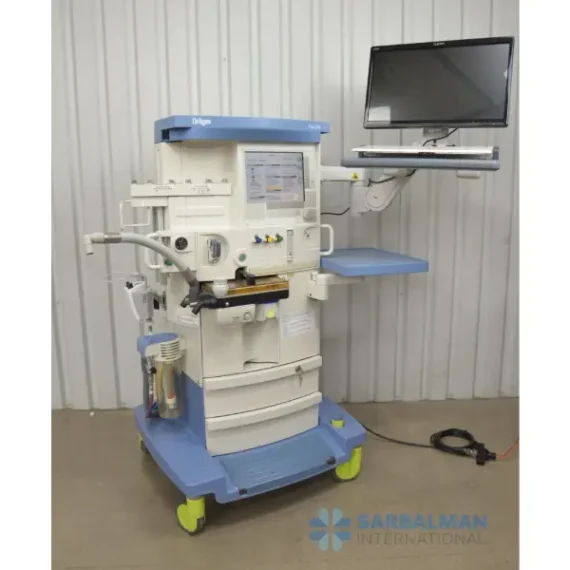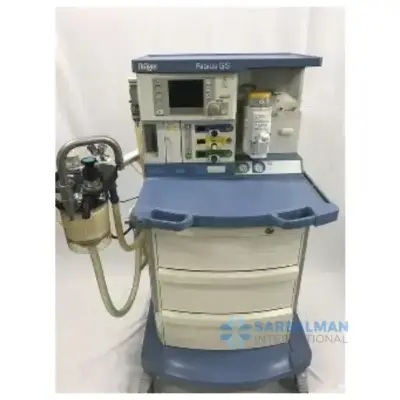Anesthesia Apparatus
Free!
Description
An anesthesia apparatus is a complete workstation for safely delivering medical gases and anesthetic agents to a patient during surgery. It blends oxygen and air (and, where required, nitrous oxide), passes them through calibrated vaporizers, and supplies a controlled mixture to the breathing circuit. Integrated safety mechanisms and ventilation controls help clinicians maintain a stable airway, precise gas concentrations, and consistent ventilation from induction to recovery. Unlike basic oxygen therapy devices, an anesthesia apparatus is purpose-built for operating rooms, combining gas delivery, vaporization, breathing circuits, and monitoring interfaces in one system.
Key features and benefits:
• Precise gas mixing with clearly marked flow controls for consistent, repeatable delivery.
• Calibrated vaporizer compatibility for accurate dosing of volatile agents.
• Ventilation support with adjustable tidal volume, respiratory rate, and pressure limits for a wide range of patients.
• Safety systems such as oxygen-fail safeguards, hypoxic-mixture protection, and an oxygen flush to help prevent user error.
• Standard breathing circuit fittings and scavenging connections to reduce workplace exposure to waste gases.
• Robust construction with easy-to-clean surfaces for operating theatre workflows.
Common use cases and industries:
• Operating rooms and day-surgery centers across general surgery, orthopedics, obstetrics, ENT, and urology.
• Procedure suites requiring short or ambulatory anesthesia.
• Teaching hospitals and training labs where consistency and clarity of controls matter.
Comparison:
• Versus standalone vaporizers or transport setups, a full apparatus offers integrated ventilation and safety features, improving control and efficiency.
• Versus older, purely mechanical models, modern workstations provide smoother controls and improved ergonomics for faster, safer setup.
Notes on quality and compliance:
• Units are typically designed to meet recognized medical electrical safety norms and anesthesia workstation standards; specific certifications and agent compatibility should be confirmed at purchase.
• Proper use requires trained personnel and adherence to local hospital protocols.





